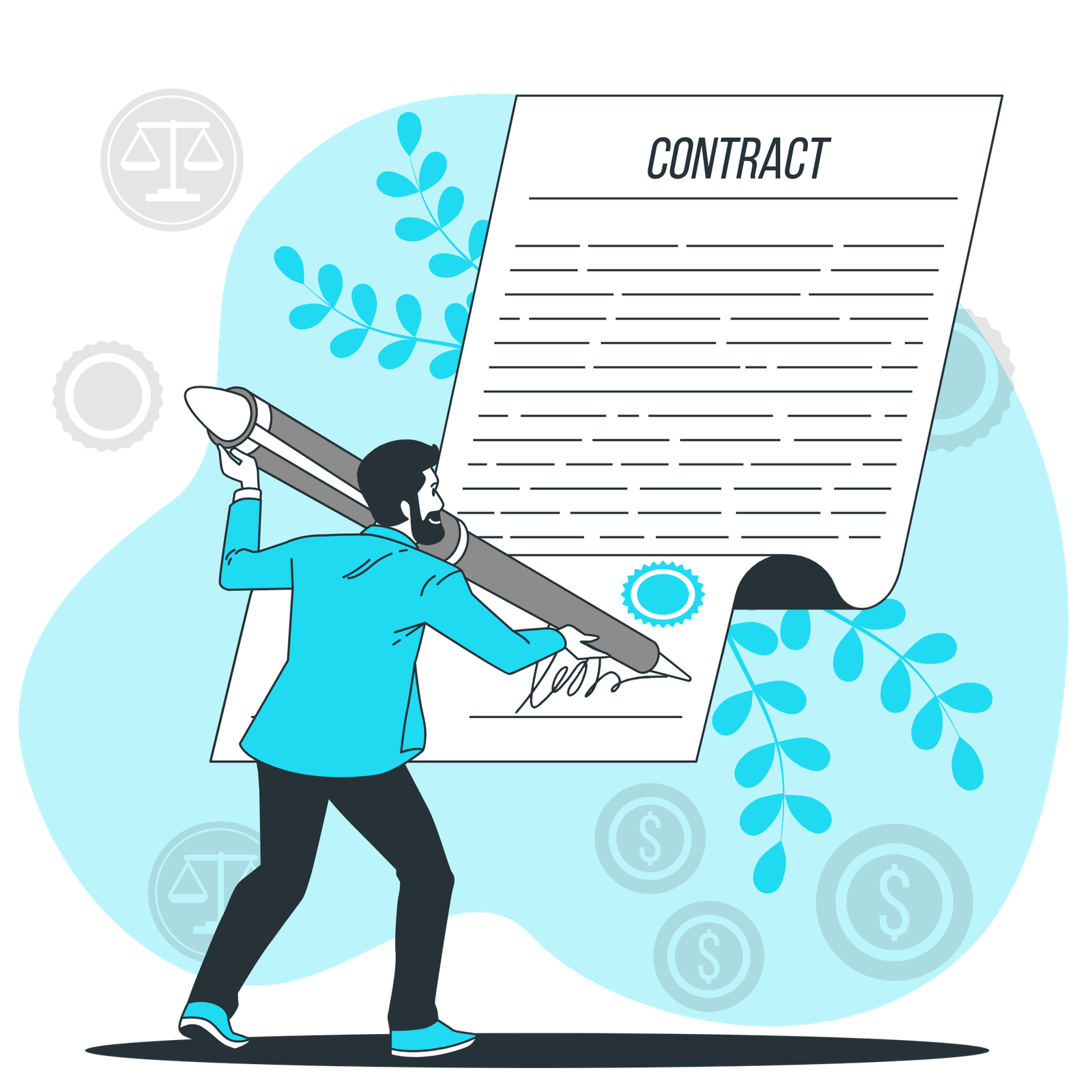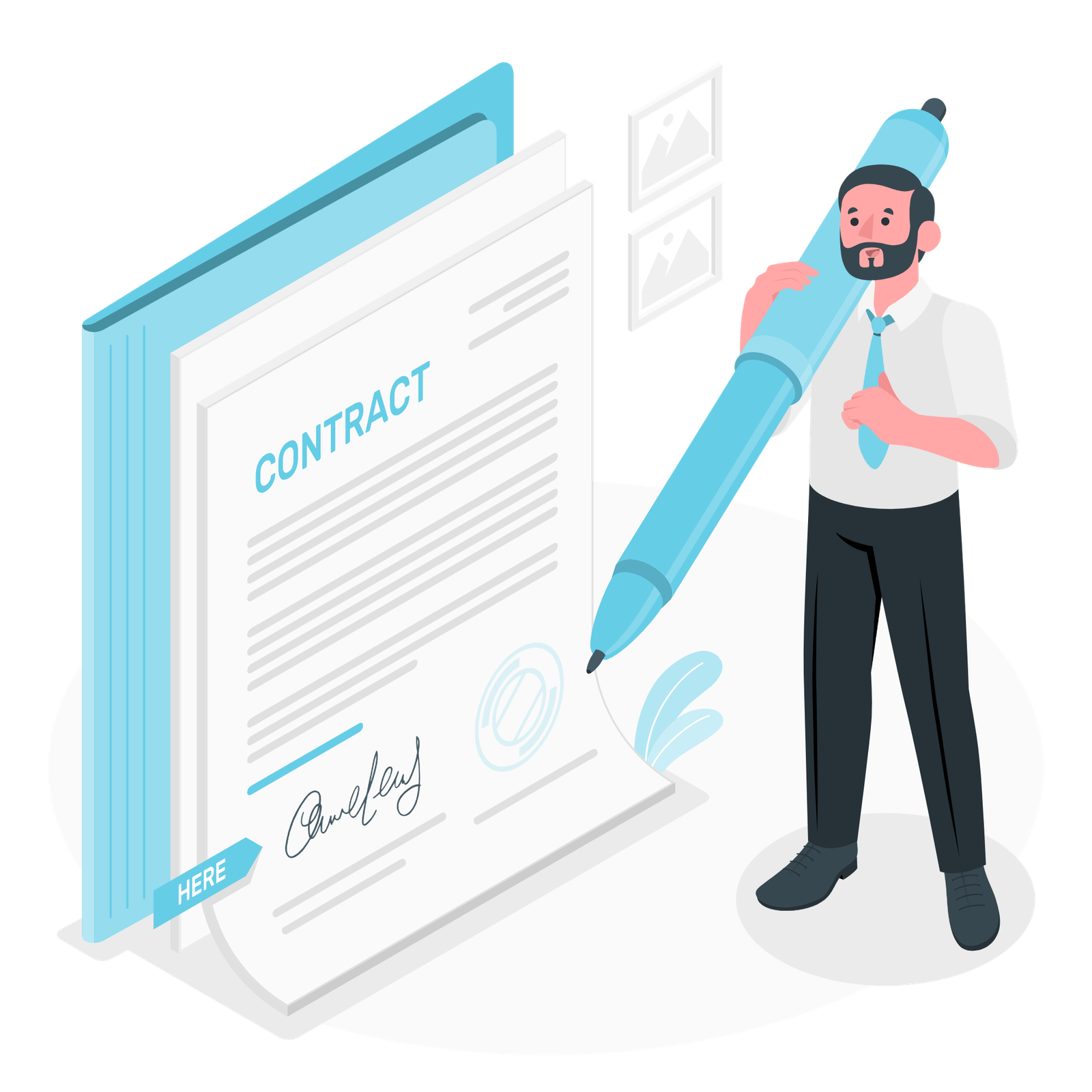Employee Administration
Our Employee Administration revolves around the most popular five essential principles: Create, Comprehend, Communicate, Collaborate, and Confront. These elements form a cohesive approach to people management, each supporting and intertwining with the others. To foster a productive work environment, it is crucial to understand the significance of each component.
Always remember Employee Administration involves a harmonious integration of creating a positive environment, comprehending individual strengths and preferences, fostering open communication, promoting collaboration, and addressing challenges promptly and fairly.
Employee Administration – The 5 C’s – Explanations
Create:
Building a successful workplace starts with creating a positive and inclusive atmosphere. Understand the strengths and weaknesses of your team members, and strive to establish an environment that encourages growth and collaboration. Nurturing a culture of innovation and creativity is essential for long-term success.
Comprehend:
Take the time to get to know your employees on a personal level. Recognise their unique skills, preferences, and aspirations. This understanding not only strengthens your working relationships but also enables you to assign tasks effectively, matching individual strengths with specific responsibilities.
Communicate:
Communication is the backbone of effective Employee Administration. Establish clear and transparent channels for communication within the team. Regularly update your employees on organisational goals, expectations, and any relevant changes. Encourage an open dialogue that allows for the exchange of ideas and feedback.
Collaborate:
Foster a collaborative culture where team members actively work together towards shared objectives. This not only enhances productivity but also cultivates a sense of unity and shared purpose. Encourage cross-functional cooperation and recognise and celebrate team achievements.
Confront:
Address challenges and conflicts promptly and constructively. Confrontation, when handled with sensitivity and fairness, is a necessary aspect of effective management. Provide constructive feedback, guide performance improvement, and mediate conflicts to maintain a healthy and harmonious work environment.
To implement these principles successfully, it is essential to actively manage and delegate workloads. Distribute tasks based on individual strengths, ensuring a balanced and efficient workflow. Communication remains key throughout this process, emphasising positive reassurance and constructive feedback.
Employee Administration Keeping a File
HR keeps a manual file on all employees. This holds all documentation from their CV, motivation letter, copy of ID, certificates, achievements, and letters of recommendation. Application for the position, reference checks, job offer acceptance. Medical history, Doctors contact details, Sick notes, Emergency contacts. Clear criminal record. Employment contract.
Job description, task list and persons to report to. Promotion Documents and new task lists. Increase and bonus documents. Payroll details PAYE and IRP documents. Leave applications, approvals, and denials with reasons. Written warnings, Disciplinary documents, Suspension documents. Reinstatement documents. Resignation Letter. Exit interview document. End of Contract document for Temporary employees. And any other relevant paperwork.

Employee Administration
Employee Contracts
Employee Contracts are a fundamental part of our Employee Administration services. We understand that each employment relationship is unique, and so we offer tailored contract services to suit various employment scenarios.
Whether it’s a full-time, temporary, or contract job, we ensure that every employment contract we draft is comprehensive, compliant with labor laws, and clearly outlines the terms and conditions of employment. From the start date, probation period, working hours, to leave days and termination conditions, we cover all essential elements to protect both the employer and the employee’s rights. Our aim is to foster a transparent and mutually beneficial employment relationship through well-structured and clear contracts.

Employee Administration
Employee Contracts: (Full time Job)
Job title. All employees’ personal details, attach copy of ID/Passport, NDA if the company requests one. Clear criminal record if required. Policies and procedures. Terms and conditions of the company. Code of conduct procedures.
Responsibilities to be detailed, who to report to for various responsibilities stipulated. Working hours and overtime, salary overtime rates, benefits, leave days. Start date, probation time. Disciplinary details, summary dismissal reasons, resignation period. Employee to sign on starting date.
Employee Administration
Employee Contracts: (Temporary Job)
This will state the Job title. All employees’ personal details, attach copy of ID/Passport, NDA if the company requests one. Clear criminal record if required. Policies and procedures, terms and conditions of the company and the code of conduct will be in the file presented to the employee.
Responsibilities to be detailed, who to report to for various responsibilities stipulated. Working hours and overtime, salary overtime rates, benefits, leave days. Start date and end date of temporary position. Disciplinary details, summary dismissal reasons. Employee to sign on starting date.


Employee Administration
Employee Contracts: (Contract Job)
Job title. All employees’ personal details, attach copy of ID/Passport, NDA if the company requests one. Clear criminal record if required. Policies and procedures. Terms and conditions of the company. Code of conduct procedures.
Responsibilities to be detailed, who to report to for various responsibilities stipulated. Working hours and overtime, salary overtime rates, benefits, leave days. Start date and end date of contract position. Disciplinary details, summary dismissal reasons. Employee to sign on starting date.
Employee Administration
Employee End of Contract
(This could be used as a forced resignation for a permanent employee, whatever the reason or ending a contract employees’ contract earlier than initially stated)
Employee details and Job title. Thanking the employee for the service performed, regrettably the contract will not be renewed for reasons stated. Last day of employment to be stated.
Last payment and amount due to employee to be stated as well as the date payable. Where necessary, state dismissal reasons. Employee to sign the end of employment contract to cover HR processes of the company and ensure a smooth exit.


Employee Administration
Training package
For the various tasks to be performed by the new employee and who they should report to for the training.
Supervising IT technician to show employee how their workstation and emails and programs etc… operate.
Assisting employee to obtain stationery and documentation requirements. Appointing a colleague to show the new employee the ropes and make them comfortable.
HR will guide the employee throughout their employment at the Company. HR will ensure the employee gets trained to their full potential. Retaining the employee to be an asset and the financial outlay will have been beneficial to the company. The employee might even become a manager and pass on their valuable training, knowledge, and expertise to younger candidates.
Employee Administration
Gratification
HR attends to grievances and speedy resolution of any disputes. Keeping the employees happy, satisfied, productive and having their eye on the ball continuously is a large part of HR’s job. Promotions, salary disputes, salary increases, bonuses, awards and achievements all go through HR.


Employee Administration
KPI (Key Performance Indicators)
This is an indicator of performance measurement, evaluating success or non-performance of a Company and its employees and how to change the parameters for the better. To achieve the goals and objectives of sales and growth it is imperative to have KPI’s as a guideline.
Employers use the data to make informed decisions regarding the business and employee strategies. They can make informed decisions regarding improvements, changes, expansions in the business. Also, to monitor employee performance, growth, participation, productivity, going the extra mile and use this when considering increases and bonuses. They can also use it to assist an employee who is not performing at their peak. The data will allow the employer to see where the employees’ downfalls are and how to improve them using training and performance management.
Employee Administration Salary Disputes
HR takes into consideration the employees written statement regarding the dispute/rejection and reasons for such. Managements written statement to the employee regarding rejection to increase the salary. HR and an authorised manager will conduct a meeting with the employee and apposing manager to try and come to a satisfactory increase figure acceptable to the employee to avoid involving the CCMA, legal arbitration, mediation, or a lawsuit.

